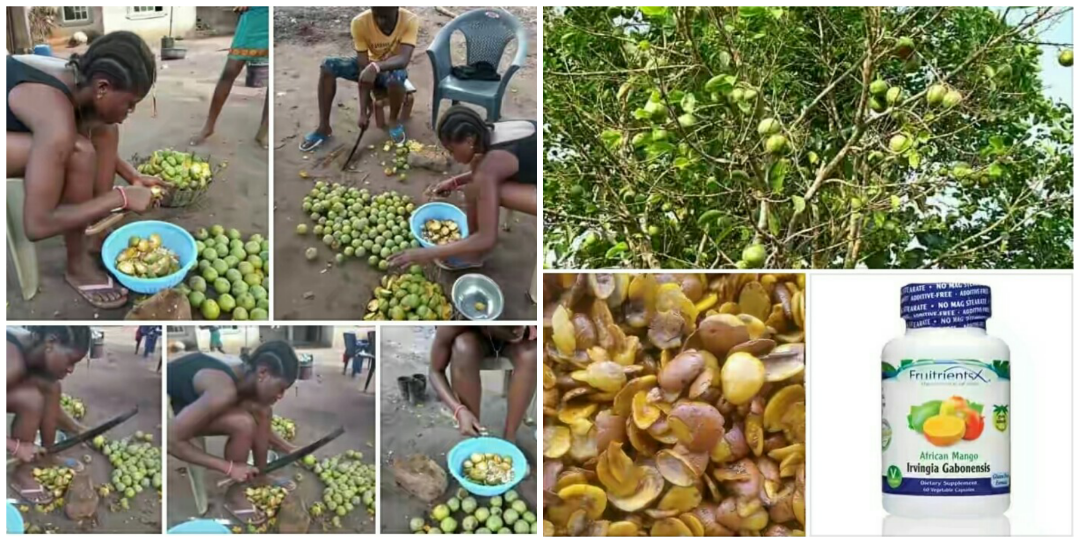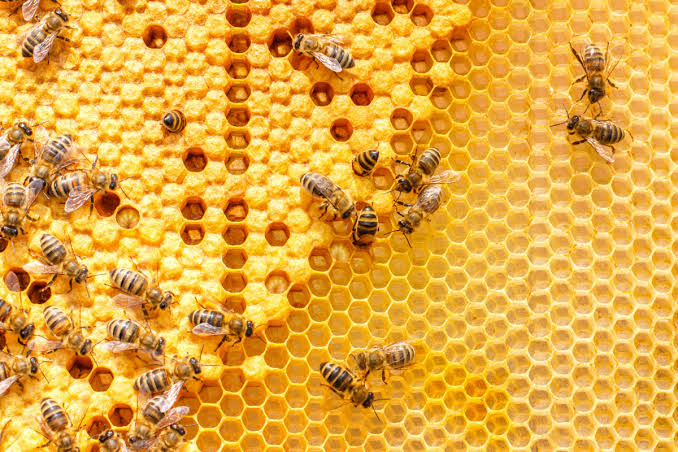Saccharum officinarum or Sugar cane or Rake (Hausa) or Okpete, mgboko (Igbo) or Ireke oro (Yoruba) or Trzcina cukrowa (Polish): A nutritious plant used in folk medicine and as a biofuel.
OCCURRENCE, DESCRIPTION AND USES
The sugar cane plant is a tall thick-stemmed perennial grass grown in tropical and subtropical countries and is one of the main sucrose producing crops worldwide. The sugar cane plant is one of the most photosynthetically efficient plants, and a mature cane plant can extend ≤ 4 m in height with a diameter of ≤ 40 mm.
Sugar is produced from the sugar cane plant, and it is stored within the sucrose-rich stalk, which is supported by fibre. Sugar cane is one the world’s best established industrial crops that is efficiently grown and harvested to produce both food and bioenergy. Worldwide sugar cane harvesting covers an area of 23.8 million ha and the production of sugar cane reached approximately 1740 million tonnes worldwide at the end of the 2009 crushing season.
Brazil is the largest producer of sugar cane (672 million tonnes) followed by India (285 million tonnes) and China (116 million tonnes). Sugar cane is usually grown in high rainfall or well-irrigated areas. Sugarcane, popularly known as noble cane, due to its high sucrose content and low fibre content is one of the important industrial crops of the world.
It is principal raw material for the sugar industry as 70% of the world’s sugar comes from sugarcane. Besides sugar production, large number of population in the tropics and subtropics relishes its juice, and consume raw cane.
MEDICINAL PROPERTIES AND HEALTH BENEFITS OF SUGAR CANE
In the Indian system of medicine, chewing raw sugarcane is recommended for sound and healthy body. Both the roots and stems of sugarcane are used in Ayurvedic medicine to treat skin and urinary tract infections, as well as for bronchitis, heart conditions, loss of milk production, cough, anaemia, constipation as well as general debility.
Some texts advise its use for jaundice and low blood pressure. Sugarcane juice is widely consumed by people of the tropics and subtropics. It has been used to cure jaundice and liver-related disorders in Indian systems of medicine.
Results of some scientific studies have revealed that the ability of sugarcane juice to scavenge free radicals (remove dangerous waste products of oxygen transformation), reduce iron complex (decrease the ability of free iron to produce free radicals) and inhibit lipid peroxidation (stop damage to fat in our body by free radicals), may explain possible mechanisms by which sugarcane juice exhibits its beneficial effects in relation to its reported health benefits.
Different types of sugarcane plants are considered as valuable medicinal herbs in both Ayurveda and Unani traditional systems of medicine in India.
For the native and traditional healers of Chattisgarh, sugarcane is sweet, oleaginous (resembling or having the properties of oil), diuretic, tonic, cooling, aphrodisiac and useful in fatigue, thirst, leprosy, intestinal trouble, anaemia, erysipelas, inflammations, ulcers etc.
According to Unani system of medicine, sugarcane is sweet, laxative, diuretic, fattening, aphrodisiac and good for lungs. It is considered beneficial to liver and the patients having jaundice are advised by the healers to consume large quantities of sugarcane juice.
The juice is also used in the treatment of renal calculi (kidney stones) very frequently, since its consumption helps in flushing out the kidney stones efficiently in very short time. In general, healers suggest the patients to use and extract the juice, with the help of mouth directly. The juice extracted with the help of machine is not preferred. According to the healers, the sucked juice is coolest in nature; machine extracted is relatively hotter whereas stored juice (changes black in colour) is hottest in nature, relatively.
The farmers are aware about the styptic properties of sugarcane and in case of injuries during field work; they never miss the chance to utilize this traditional knowledge. The traditional healers of Chattisgarh, suggest the patients having skin troubles to take more and more sugarcane. It is considered as a promising blood purifier.
In several parts of the world, including, India, Hawaii, China etc., the use of sugarcane in folk medicine is well documented. It is reported to be an antidote, antiseptic, antiviral, bactericide, cardiotonic, demulcent, diuretic, intoxicant, laxative, pectoral, piscicide (fish poison used to combat parasitic and invasive species of fish), refrigerant and stomachic. It is a folk remedy for arthritis, bedsores, boils, cancer, colds, cough, diarrhoea, dysentery, eyes, fever, hiccups, inflammation, laryngitis, opacity, skin, sores, sore throat, spleen, tumours, and wounds. Powdered sugar is used as a ‘drawing’ agent for granulations and ‘proud flesh’ and in a 1:3 solution in water, for gonorrhoea and vaginal discharges.
The pulped sugarcane is used to dress wounds, and the cane for splints for broken bones; Malay women use it in childbirth. In India, the plant and its products, including juice are used for abdominal tumours and several other pathogenic conditions. Sugarcane juice is great for recharging energy because it contains rich carbohydrate and iron.
The Tropical sugarcane is sweet and the juiciest. Being a nutritious product containing natural sugars, minerals and organic acids, sugarcane juice has many medicinal properties. It strengthens the stomach, kidneys, heart, eyes, brain and sex organs. The juice is beneficial in fevers. In febrile disorders, where there is a great protein loss, liberal intake of sugarcane juice supplies the body with necessary protein and other food elements. Sugarcane is very useful in scanty urination. It keeps the urinary flow clear and helps the kidneys to perform their functions properly. It is also valuable in burning micturition (passage of urine) due to high acidity, gonorrhoea, enlarged prostate, cystitis and nephritis.
For better results, it should be mixed with lime juice, ginger juice and coconut water. Mixed with lime juice, it can hasten recovery from jaundice. It is, however, very essential that the juice, must be clean, preferably prepared at home. The juice sucked from the sugarcane via chewing can prove highly valuable in case of weak teeth due to lack of proper exercise resulting from excessive use of soft foods.

Credit: Alibaba
It gives a form of exercise to the teeth and makes them strong. It also keeps the teeth clean and increases their lifespan. As stated earlier, sugarcane juice is a fattening food and thus can be an effective remedy for thinness. Rapid gain in weight can be achieved by its regular use.
The dew which collects on the long leaves of sugarcane is useful in several eye disorders. When instilled in the eyes, it is an effective medicine in defective vision, cataract, conjunctivitis, burning of the eyes and eye-strain after excessive reading.
Other uses
Sugarcane is used in some countries for GENERATING ELECTRICITY. I think that Nigerian engineers and chemists should explore the use of sugarcane to decrease the power outages hampering the development of Nigeria. Sugarcane as a biofuel crop has much expanded in the past decade, yielding anhydrous ethanol (gasoline additive) and hydrated ethanol by fermentation and distillation of sugarcane juice and molasses.
Byproducts are bagasse and vinasse (stillage or dunder; they are byproducts of the sugar industry), which is the liquid waste sometimes used for fertigation purposes (combined application of water and nutrients to a crop – a mix of fertilizer and irrigation). Bagasse, a by-product of both sugar and ethanol production, can be burned to generate electricity or be used for the production of biodegradable plastic. It provides most of the fuel for steam and electricity for sugar mills in Australia and Brazil.
These are the thoughts of:
Sa’eed Halilu Bawa
Senior Lecturer (Associate Professor) at University of the West Indies, St. Augustine Campus, Trinidad.
Studied Food and Nutrition Sciences, Dietetics at Kaduna Polytechnic, Nigeria; Warsaw University of Life Sciences, Poland.























